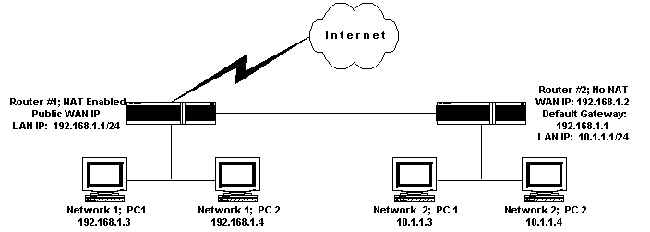A static route is one that a network administrator creates manually.
The opposite of a static route is a dynamic route. Dynamic routes are created by routing protocols.
Static routes have advantages and disadvantages when compared to dynamic routes.
Advantages of Static Routes:
- Easy to configure
- No routing protocol overhead
Disadvantages of Static Routes:
- Network changes require manual reconfiguration
- Network outages cannot be automatically routed around

Creating a Static Route under Unix
Under Unix, static routes can be created using the `route` command.
The example shows the creation of a static route for a single host:
# route add 193.252.19.5 192.252.19.1
add net 193.252.19.5: gateway 192.252.19.1
The user can see the static route that was created with the `netstat -nr` command:
# netstat -nr
Routing tables
Internet:
Destination Gateway Flags Refs Use Netif Expire
...
193.252.19.5 193.252.19.1 UGS 0 0 fxp0
..
Creating a Static Route under Cisco IOS
To add a static route on a Cisco router, use the `ip route` command.
The syntax to utilize is: ip route <destination> <netmask> <next hop>.
The example shows the creation of a static route for a single host:
FAQ-Cisco# conf t
FAQ-Cisco (config)# ip route 193.252.19.5 255.255.255.255 193.252.19.1




Alabi QOZIM Diekola
What are the disadvantages of static routing over dynamic routing?